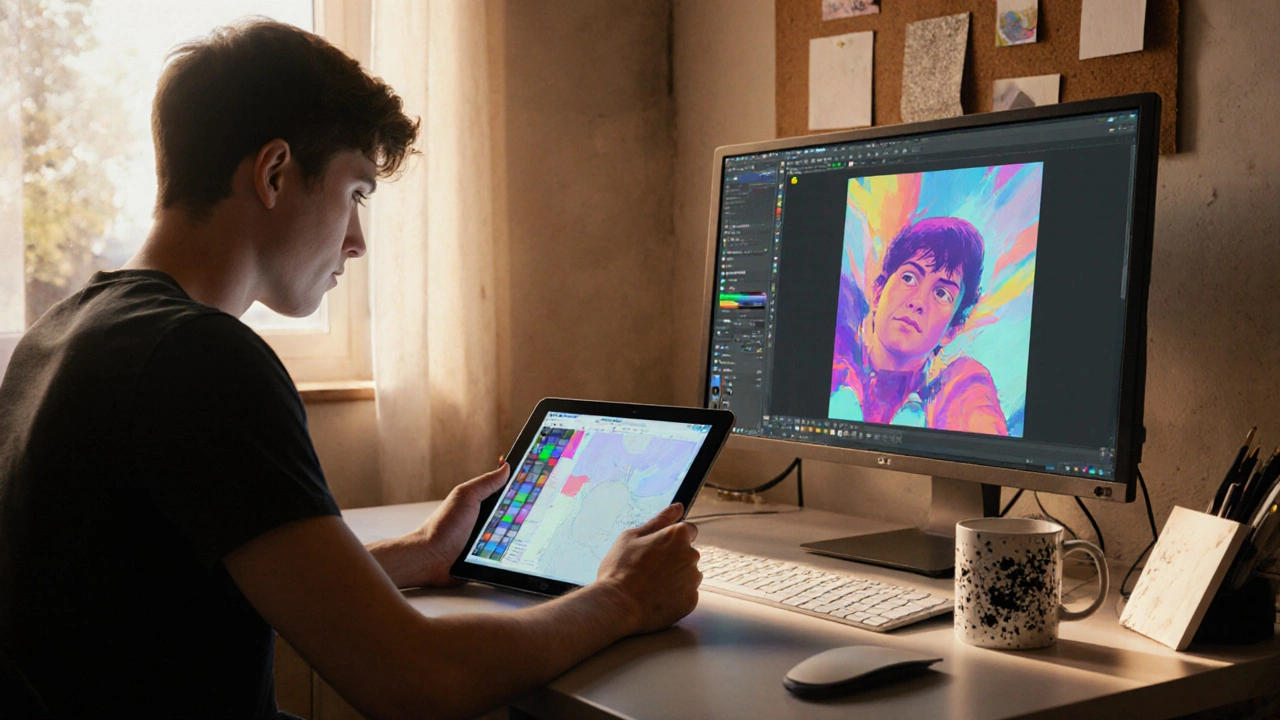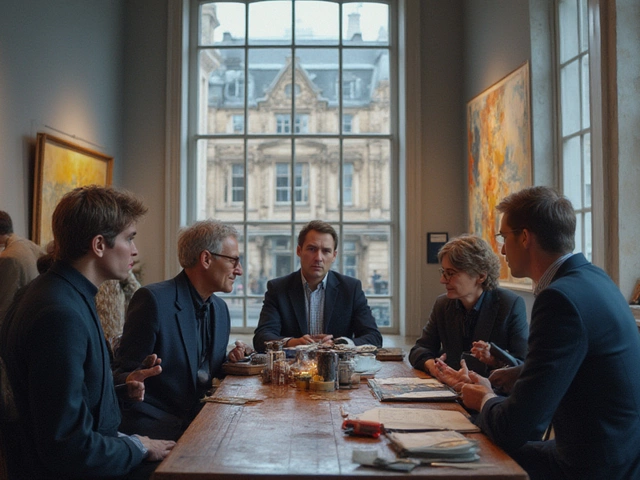Fine Art Paper: Guide to Types, Uses & Print Tips
When working with Fine Art Paper, a premium, artist‑grade paper designed for high‑quality artwork, museum displays, and long‑lasting prints. Also known as artist‑grade paper, it provides the texture and durability needed for both traditional and digital media. Fine art paper encompasses a range of weights, textures, and surface finishes, allowing creators to match the medium to the desired effect.
One of the most common companions to fine art paper is art prints, reproductions of original artwork produced for sale, exhibition, or personal enjoyment. When you print an artwork, the paper you choose directly influences color fidelity, detail sharpness, and how the piece ages. High‑quality art prints paired with the right fine art paper can command higher prices and keep collectors happy for decades.
Another key player is giclée printing, a fine‑art inkjet process that uses archival inks to produce museum‑grade reproductions. Giclée printing influences the choice of fine art paper because the inks need a surface that absorbs them evenly without feathering. The process requires archival‑grade paper to ensure the inks remain stable and colors don’t shift over time.
Choosing the Right Paper for Your Work
Fine art paper is not a one‑size‑fits‑all solution. Artists consider three main attributes: weight, texture, and composition. Heavyweights (300‑400 gsm) give a sturdy feel and resist curling, ideal for oil and acrylics. Lighter weights work well for watercolors and ink sketches where a delicate surface is preferred. Textures range from smooth hot‑pressed finishes that showcase fine line work to rough cold‑pressed surfaces that add grain to paintings.
Composition matters too. Cotton rag paper offers superior archival qualities, meaning it resists yellowing and retains color vibrancy for generations. Acid‑free wood‑pulp papers are more affordable but still meet basic archival standards. When planning giclée prints, many professionals choose cotton rag or archival polyester‑coated papers because they provide a uniform surface for ink absorption and exceptional longevity.
Print size also plays a role. Larger formats demand a stable, thick paper to prevent sagging. Our recent post on “Best‑Selling Art Print Sizes on Etsy” shows that common sizes like 8×10 inches and 11×14 inches sell well, but artists often upscale to 16×20 inches for gallery pieces. Matching the paper’s weight and finish to the size ensures the print hangs flat and looks professional.
Beyond the material, the printing workflow affects the final outcome. High‑resolution scanning or photographing of the original artwork captures detail, while color‑management tools guarantee the shades you see on screen match the printed result. The “Turn Your Paintings into High‑Quality Digital Prints” guide explains how to set up your monitor and printer profiles for accurate color reproduction on fine art paper.
Pricing and value perception are linked to paper choice as well. Limited‑edition art prints on archival cotton rag paper often fetch higher prices than those on standard glossy paper because collectors recognize the added durability and tactile quality. The “Which Art Prints Are Worth Money?” article breaks down how paper type influences market value.
Finally, consider the environment in which the artwork will be displayed. For bright, sun‑lit spaces, choose papers with UV‑resistant coatings to protect against fading. For intimate gallery settings, a matte surface can reduce glare and enhance the viewing experience.
All these factors—weight, texture, composition, size, workflow, and display conditions—interact to shape the final piece. Understanding how fine art paper relates to art prints and giclée printing empowers you to make choices that boost both aesthetic impact and long‑term value.
Below you’ll find a collection of articles that dig deeper into print sizes, digital scanning, pricing strategies, and more, giving you a complete toolbox for mastering fine art paper in your practice.

Learn how to turn your artwork into professional art prints step by step, from picking the right printing method and paper to ordering, shipping, and framing.





